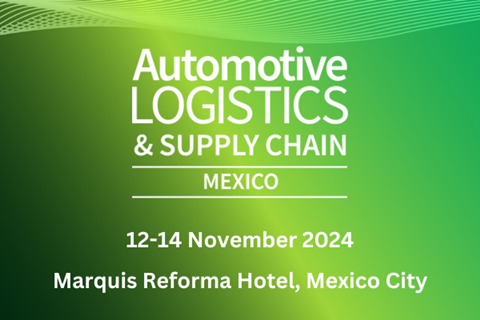Red Sofa Interview | Kia México’s multidimensional approach to logistics, customs and purchasing
Ricardo Ortega Márquez, senior manager for purchasing, customs and logistics at Kia México takes to the Red Sofa at ALSC Mexico 2024 to discuss the innovative strategies driving the OEM’s success.
Related video
-

Red Sofa | Harry Davies on building resilient supply chains through DEI
-

Red Sofa | How Vortex AI is driving logistics innovation at Seat
-

Red Sofa | How Toyota is driving digitalisation in vehicle logistics
-

Red Sofa | JLR drives digital transformation across supply chain operations
-

Red Sofa | Nissan’s Carlos Eudave on building resilient networks
At the 2024 Automotive Logistics & Supply Chain Mexico conference, Ricardo Ortega Márquez, senior manager for purchasing, customs and logistics at Kia México, sat down for an insightful Red Sofa interview. He opened up about how Kia is tackling the challenges of today’s complex automotive logistics landscape, offering a behind-the-scenes look at the strategies driving their success.
Ortega highlighted the company’s scope: “Our department is made up of three sections: purchasing, including critical materials like steel; customs, ensuring compliance with trade agreements like USMCA; and logistics, which oversees operations across key ports such as Lázaro Cárdenas and Laredo.”
Nearshoring and localisation have introduced new dynamics, including competition and workforce challenges. Ortega noted: “This competition gives us more options but also brings manpower issues, requiring us to find innovative recruitment strategies.”
Adaptability is a recurring theme. Ortega stressed the importance of a problem-solving mindset in logistics, particularly in managing uncertainties like strikes or natural disasters. “We need people who think outside the box and challenge conventional decisions.”
Digitalisation is also a priority, with Kia exploring AI-driven tools to improve shipment tracking and environmental monitoring. As Ortega put it: “We’re looking into artificial intelligence to trace materials and understand the environments around them.”






